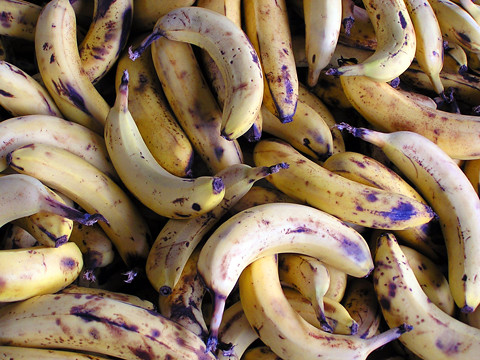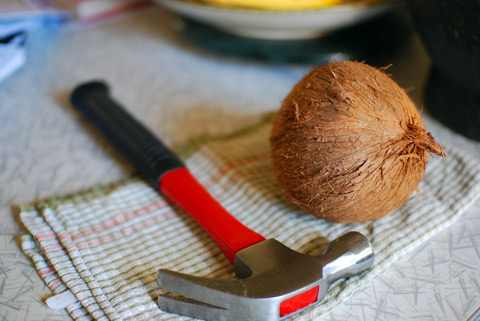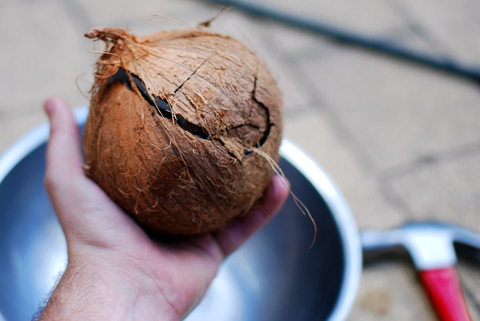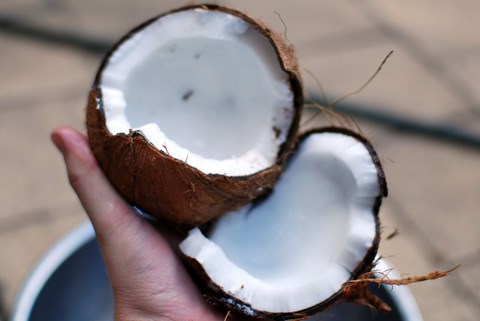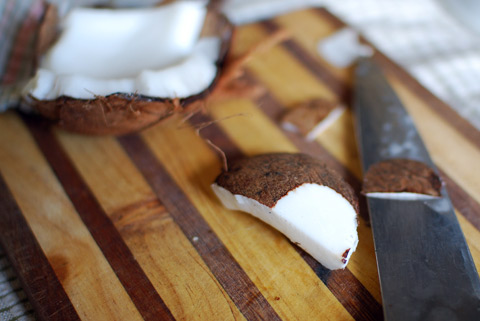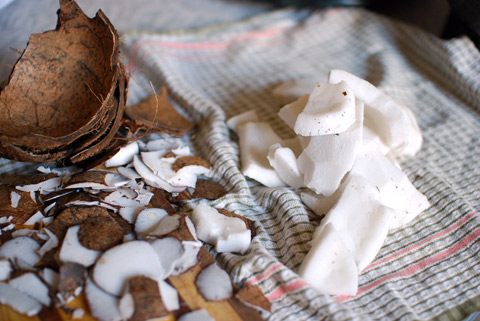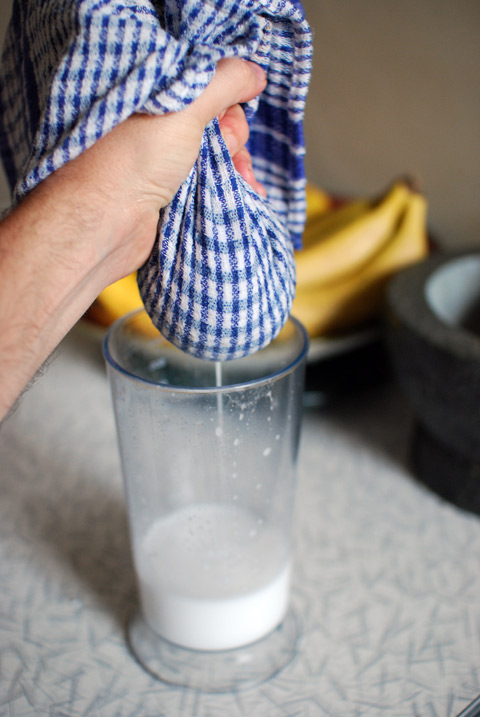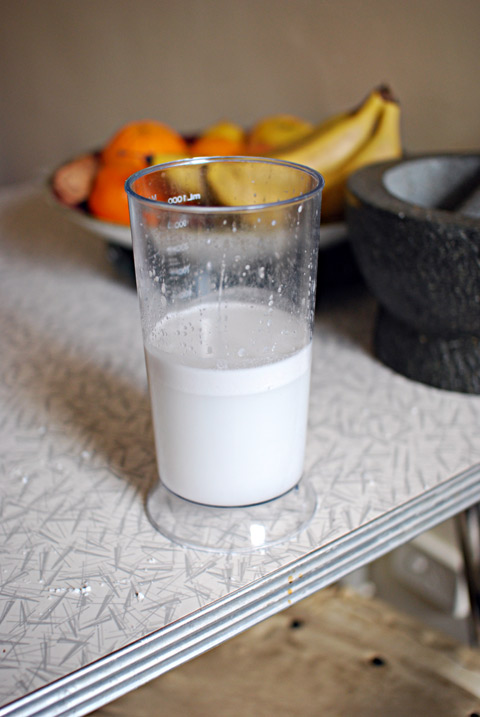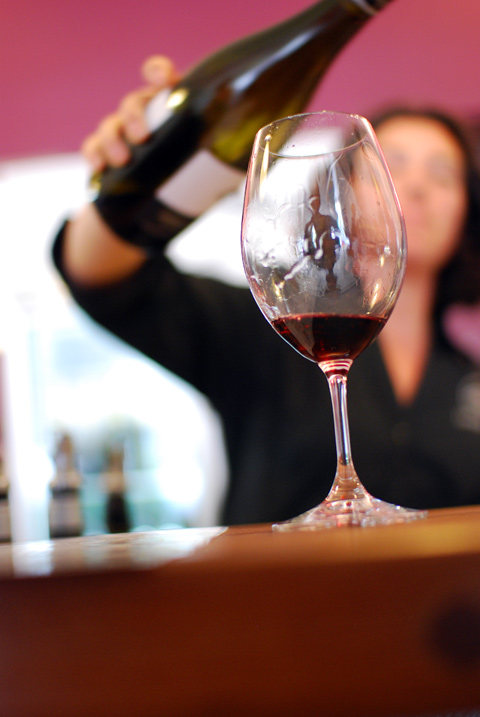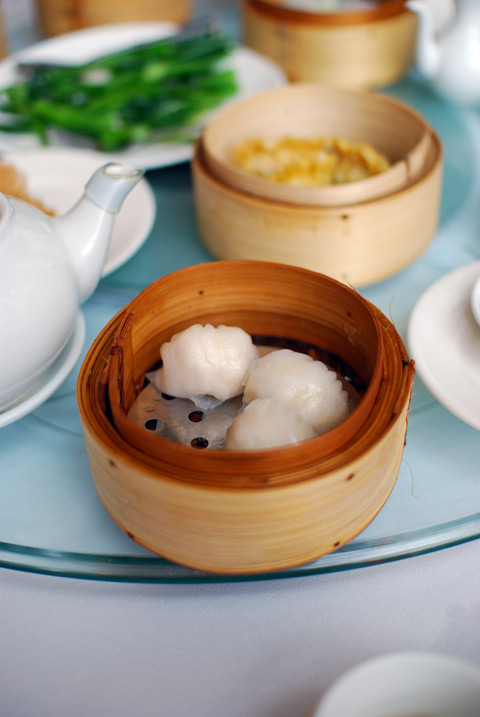
Har gau from Red Emperor, Melbourne
I always thought that only tourists ate on Southbank.
It’s the wrong side of the river for me; that strange cultural divide that bisects Melbourne wherein both sides can say that the other is the morally and culturally wrong side. Since the Casino that dominates the south bank of the Yarra is now taking restaurants more seriously than ever, it is time to reevaluate my prejudices. Southgate, the slightly earlier development on the river still looks like a soulless, polished shopping mall but maybe the food within has changed.
Red Emperor, the Cantonese restaurant within the Southgate complex, is showing its age. The mirrored tiles on the roof, cheap vinyl seats and silver spray-painted concrete columns make the restaurant feel more like a suburban reception centre than one of Melbourne’s leading proponents of Cantonese food (and specifically, yum cha). The superlative view of Flinders Street Station and Melbourne’s skyline from across the Yarra remains unchanged; floor to ceiling windows lend ample distraction from the interior.
Yum cha means “drink tea” in Cantonese. Dim sum is what you eat at yum cha. Yum cha is what you do at Red Emperor. I’ve never ordered much more than a plate of stir-fried gai lan or an extra serve of fried squid from their menu. My guess is that if the gai lan is A$22 a plate, then the rest of their à la carte fare will require me to promise them my first-born in exchange for one of the lobsters crowding their tanks at the entrance.
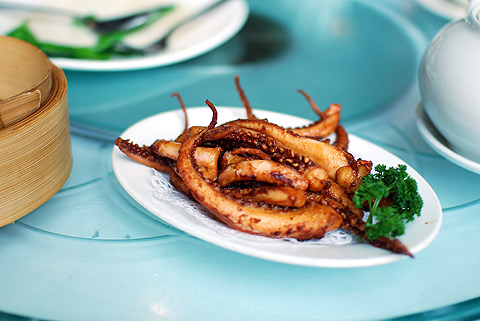
Salty, fried squid tentacle.
I’ve never set foot in the place after dark. Lobster before noon is morally reprehensible.
As a midday meal, yum cha is more about the company that you keep than the food itself. It is built to be social: the most memorable yum cha meals should have very little to do with the food. Bamboo steamer baskets filled with mystery dumplings waft by on a trolley for your pleasure, you pick whichever takes your fancy, and then get back to the real task of constructing a conversation. Memorable dumplings help but are not essential.
At least since the last time I’d eaten at Red Emperor, the more interesting items that drift by on the trolley have vanished. The pickles, slices of 100-year old egg, and the cartilaginous steamed chicken’s feet have disappeared. I thought that Melbourne was well past gentrifying its Chinese Food, but in this case, I guess not.
The quality of dumplings – while still good – is only marginally better than you’d receive at one of the mid-range yum cha-focused joints around the CBD, like Westlake, Shark Fin House or Shark Fin Inn. Trekking out to the suburb of Box Hill is even better. At $40-ish a head, you’d get better value elsewhere and charging $8 for tea, normally gratis, is a bitter end to the meal.
Anyhow, on with the short depth of field dumpling porn.

Har gau (North); Random seafood roll (East); “Shark’s Fin” dumpling, not containing actual shark’s fin (South); Siu Mai (West).

Sin Chet Kuen: Beancurd skin rolls stuffed with prawn and shitake mushrooms.
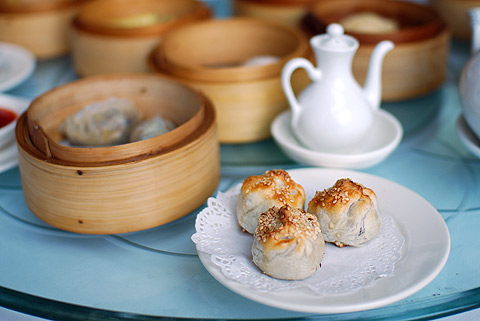
Char Siew Sou: Flaky pastry topped with sesame seeds, filled with sweet red roast pork. My friend J uses these salty-sweet pastries as his yardstick for a good dumpling joint, which makes sense. Both an excellent pastry and top roast pork are hard to achieve, not to mention plating them up to the punters steaming hot.
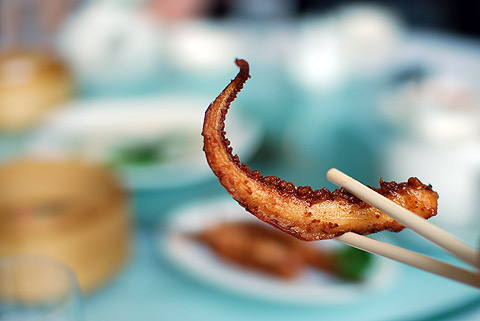
Tentacle.
Location:
Level 3 Southgate,
Southbank, VIC 3006
Tel: (03) 9699-4170
Lunch: Mon – Sat 12 to 3pm, Sun 11 to 4pm
Dinner: 6pm onwards, daily

